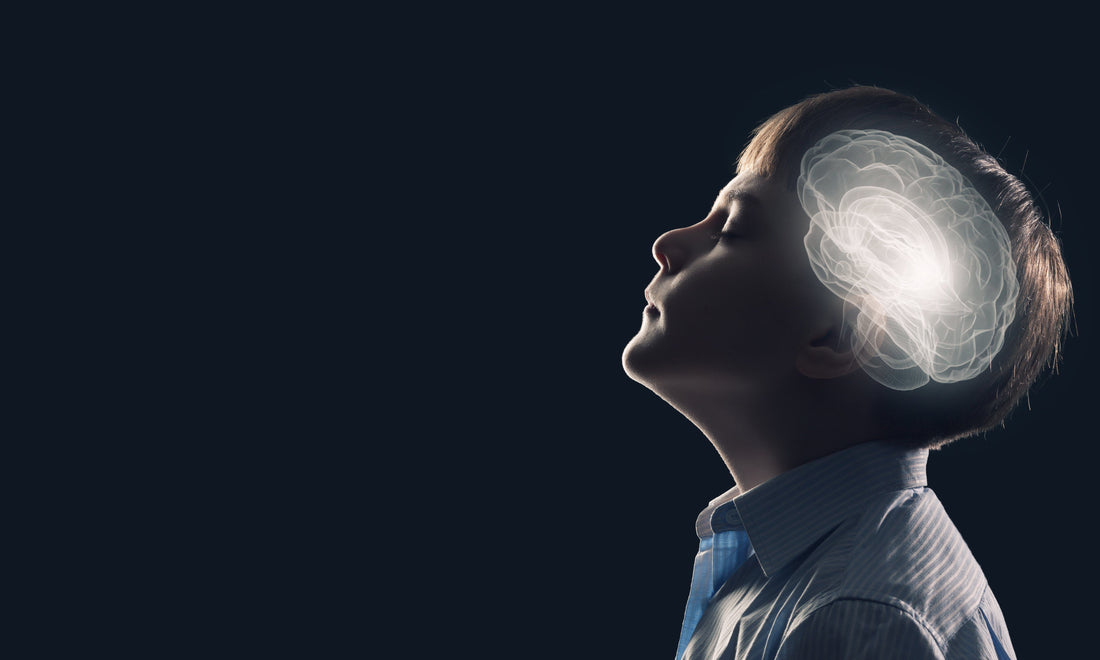We've all felt it – the cold, bony fingers of anxiety tightening around our throat or pressing on our chest. It's certainly been an old friend of mine. Countless times, as ominous clouds of unease roll in, I've had to fight a palpable urge to flee, to escape, even to panic.
This feeling is not, in and of itself, dysfunctional. In fact, it has been vital to our species' survival – when, that is, it's in the context of a real, physical threat. When I feel anxiety, though, it's not from anything even close to an immediate physical threat. Instead, it's elicited by some abstract idea, such as failing all the people who throughout my life have believed in me.
Chronic Fight-or-Flight, a Maladaptive Vestige
Chronic, sustained anxiety is a neurobehavioral vestige of our past that has become twisted and dysfunctional in the present day. The primal fight-or-flight urge is more than unhelpful for the real threats we face today, such as financial worries, which are protracted and recurring. Indeed, a sustained fight-or-flight state is a harmful condition that interferes with the calm and focused mindset needed to navigate today's complex threats.
Anxiety Is Chemistry
Anxiety, like other emotional states, is rooted in brain biochemistry. So, while our heads might be full of cerebral worries such as college or retirement expenses, our feelings are generated by the same chemistry that induced fight-or-flight action in our ancient ancestors. This chemical state takes place not just in the brain but throughout the whole body in a dynamic system of neural and fluid circuitry called the sympathetic nervous system. In addition to direct signals from brain cells, this system can activate the whole body at once, through a chemical called epinephrine, also known as adrenaline. By releasing epinephrine into the bloodstream, the body can bathe all its tissues in the alarm signal that danger is present. This readies the entire body to spring into action to address the danger.
To allow this state of emergency readiness, the functions that are not needed immediately, such as immunity and rational thought, are placed on the back burner. This is pragmatic biology if threats are interspersed as in our ancestral natural world. Today, though, we are immersed in the knowledge of threats, and not only are they threats we can't simply fight or run away from, they are also the types of threats that require a cool, rational mind to think strategically for the best outcome. If we do not address this stress, it can put our nervous system in a state of constant sympathetic activation, felt as chronic anxiety.
Sympathetic Activation and Brain Function
I will never forget the time when, just before the bicycle I was riding was crunched beneath the wheels of a drunk-driven SUV, I managed to execute a stunt-worthy jump off the moving bike to land on my feet on the sidewalk a couple of meters away. While I'm still amazed that I managed to pull off such a physical feat, I am also struck by what I couldn't do in the moments following my narrow survival. I managed to get a paper and pen in hand to take down the license plate, but while I could clearly see that there were letters and numbers there, I could not read them. The rational part of my brain had shut down so completely that at that moment, I was functionally illiterate, completely unable to process abstract information enough to read or write.
Although less dramatic than what happens in a life-or-death event, the brain undergoes a similar type of response during chronic sympathetic activation – it changes which parts of the brain are activated in making decisions. In an immediate threat situation, blood flow decreases in the prefrontal lobes, where complex, rational decision-making happens, and increases in midbrain regions, which are responsible for more primal functions. So, when we try to make decisions or solve problems in a state of anxiety, we favor the use of the primitive, instinctual parts of our brain rather than the rational, intelligent parts – not a good use of our brains for the nuanced understanding needed to navigate our complex world successfully.
The Effect of Chronic Anxiety on the Brain
During our evolutionary past, our biology was dominated by digestion, fighting disease, and making and caring for babies, punctuated only briefly and intermittently by the biochemical state of sympathetic activation. Our brains were never meant to be doused in this state day in and day out. Today's all-too-common state of chronic anxiety is physically harmful – not only does it lead to psychological distress and immune suppression, but it can also injure the brain itself. The anxiety produced by chronic stress has been shown to damage both the prefrontal cortex and the hippocampus (an area in the brain involved in memory), which can increase the risk of dementia. This damage can be prevented or even partially reversed by anxiety treatment, but not by drugs like Valium that simply treat the symptoms of anxiety. The pharmacological treatments that work are ones that create long-term changes in the brain, such as antidepressants. Lifestyle practices, including cognitive behavior therapy, mindfulness/meditation, and even targeted practices like "cognitive tutoring" can also reverse some of the damage.
The Importance of Taking the First Step
When it comes to treating your anxiety, above all, it's important not to be overwhelmed by knowledge but to be helped by it. You do need to lower your anxiety for the sake of your brain, but you may need to try a few different approaches before the best one emerges. The important thing is that you start trying today. As Martin Luther King said, "You don't have to see the whole staircase; just take the first step." This has been the best approach for me, and slowly but surely, I am climbing that staircase to a healthier, anxiety-free brain, one step at a time.


 No prescription.
No prescription.


